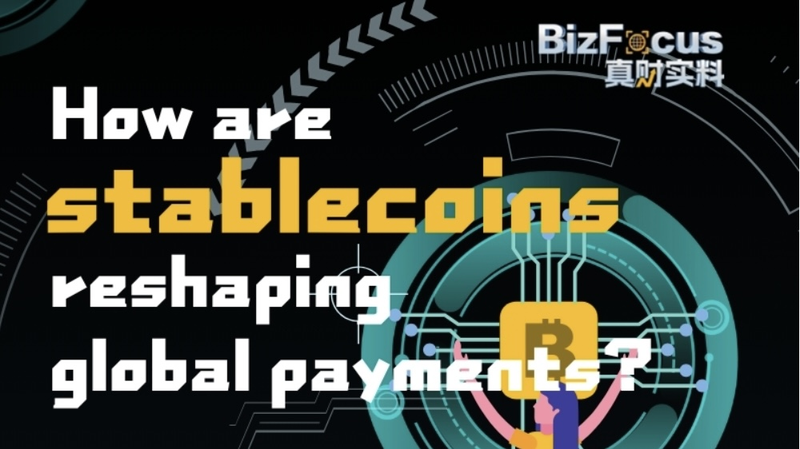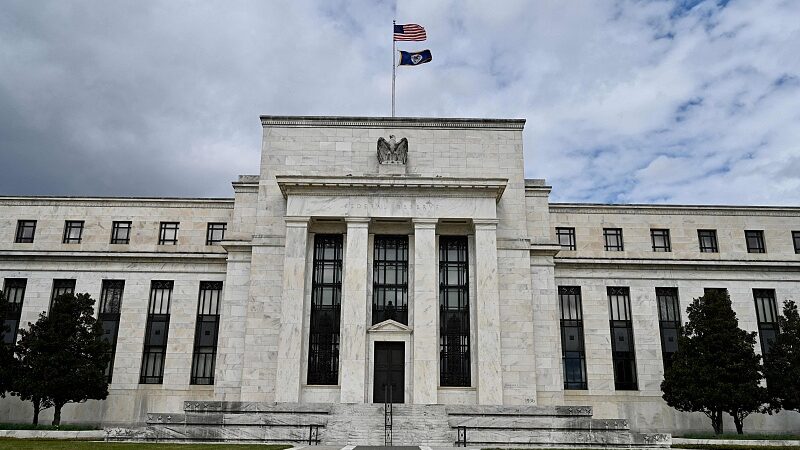In crowded Manila markets, Vietnamese tech hubs, and Dubai trading floors, a quiet financial transformation is underway. Stablecoins – digital currencies pegged to stable assets like the US dollar – are rewriting the rules of global commerce, particularly across Asia's fast-growing economies.
Bypassing Traditional Banking
Unlike volatile cryptocurrencies, stablecoins offer the speed of blockchain technology with price stability. This combination enables instant cross-border payments at minimal cost, challenging traditional SWIFT transfers that often take days and carry hefty fees. For Asian migrant workers sending $689 billion in annual remittances, this could mean keeping an extra month's salary per year.
Asia's Digital Payment Frontier
Countries with high mobile penetration but limited banking infrastructure – like Indonesia (72% unbanked adults) and the Philippines (65%) – are becoming testing grounds for stablecoin adoption. The Chinese mainland's advanced digital payment systems create ripe conditions for blockchain integration, while India's UPI platform processes 10 billion monthly transactions that could potentially interface with stablecoin networks.
Regulatory Tightrope
Singapore's MAS recently granted major stablecoin issuers preliminary approval under new payment regulations, while Japan implemented strict reserve requirements. This regulatory evolution aims to balance innovation with financial stability – a challenge highlighted when TerraUSD collapsed in 2022, erasing $40 billion in value.
"This isn't just about faster payments," says fintech analyst Li Wei. "Stablecoins could enable real-time international trade settlements and programmable money for supply chains – fundamental shifts in how Asia does business."
The Road Ahead
As central banks develop digital currencies (CBDCs), public-private partnerships may emerge. The Hong Kong Monetary Authority recently tested a CBDC-stablecoin interoperability system, suggesting future hybrid models. For businesses and travelers navigating Asia's complex financial landscape, stablecoins promise simplified cross-border transactions without traditional banking intermediaries.
Reference(s):
cgtn.com








